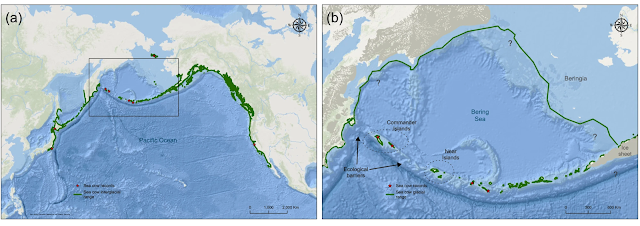We are seeking up to two PhD students to undertake research involving interactions between bird communities, urban food waste, scavengers, and the evolution and transmission of diseases. Two separate projects are envisioned (likely for two separate students): (a) to undertake a robust field program resurveying bird communities around Vancouver and analyzing this data in the context of previous surveys and an impending tree classification to explore opportunities for urban bird conservation; (b) to model the ecology and evolution of transmission, virulence, and spillover for wildlife diseases (including zoonotic ones) in this context. The successful candidate(s) will join a vibrant team of scholars and practitioners seeking a “Harmonic City”, where bird communities thrive alongside human ones, imbuing cities and suburbs with song.
Students are invited to propose alternative approaches and add-ons, including components with fieldwork, statistical analysis, and mathematical modeling, depending on their interests and skill set.
The successful candidate(s) will likely be supervised by Kai Chan with co-supervision by Chadi Saad-Roy (for disease modeling), and mentorship from Harold Eyster. They will be part of vibrant communities of interdisciplinary scholars at UBC, including CHANS Lab, IRES (Institute for Resources, Environment and Sustainability), the Biodiversity Research Centre, and the Interdisciplinary Biodiversity Solutions Collaboratory (IBioS) (and, if applicable, also various communities at UBC in mathematical biology and infectious disease dynamics).
Eligible Candidates
Canadian and International students are encouraged to apply. The applicant should have successfully completed a MSc and/or have a strong background in field research and experimental design and statistical analysis, and/or mathematical modeling. Ideal candidates will have strong communication and organizational skills, the ability to work collaboratively in a team, and a keen interest in interdisciplinary research. Candidates should generally have a first-authored article in a peer-reviewed journal published or in press.
An annual Graduate Research Assistant Stipend will be available for 4 years to ensure funding at a minimum rate of CDN $28,000/year plus benefits. Additional funding will be available in the form of Teaching Assistantships. If the candidate does not have NSERC or similar funding they will be expected to be proactive in applying for awards.
Interested applicants should apply to the RES PhD program by December 15 2025. Students wishing to indicate and assess interest before applying can send a cover letter, CV, a statement of grades (including TOEFL score for international students) by email (subject: “Bird communities, Scavengers, and Disease PhD position”) to kai [dot] chan [at] ubc [dot] ca and chadi [dot] saadroy [at] ubc [dot] ca. The anticipated starting date will be September 1 2026 assuming UBC entrance requirements are met.

CHANS Lab Views by Kai Chan's lab is licensed under a Creative Commons Attribution-ShareAlike 4.0 International License.
Based on a work at https://chanslabviews.blogspot.com.









